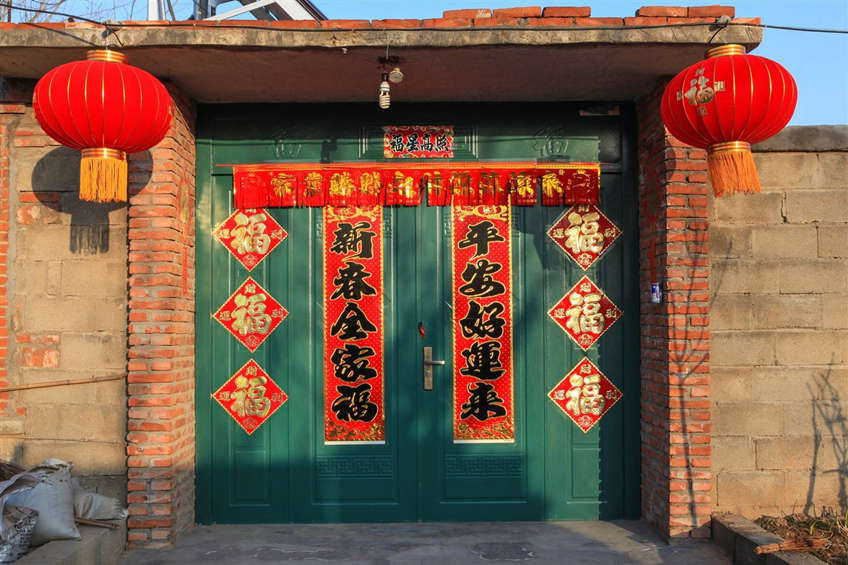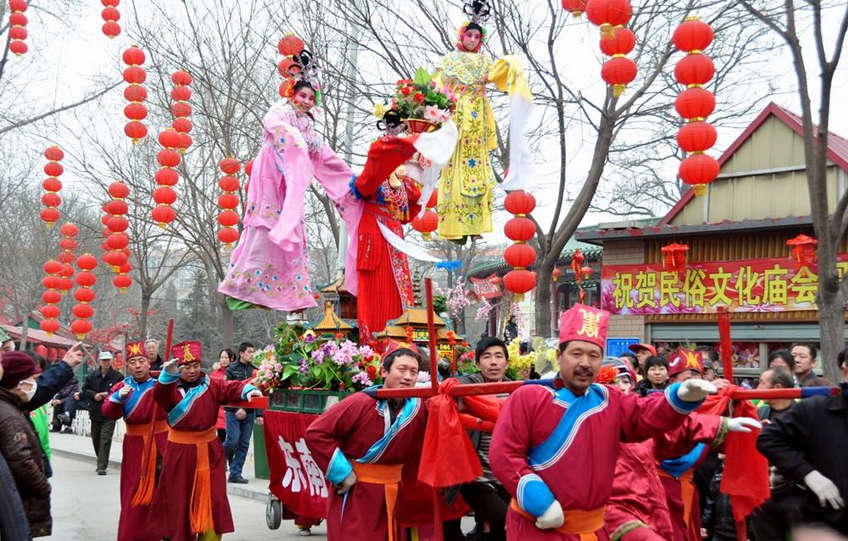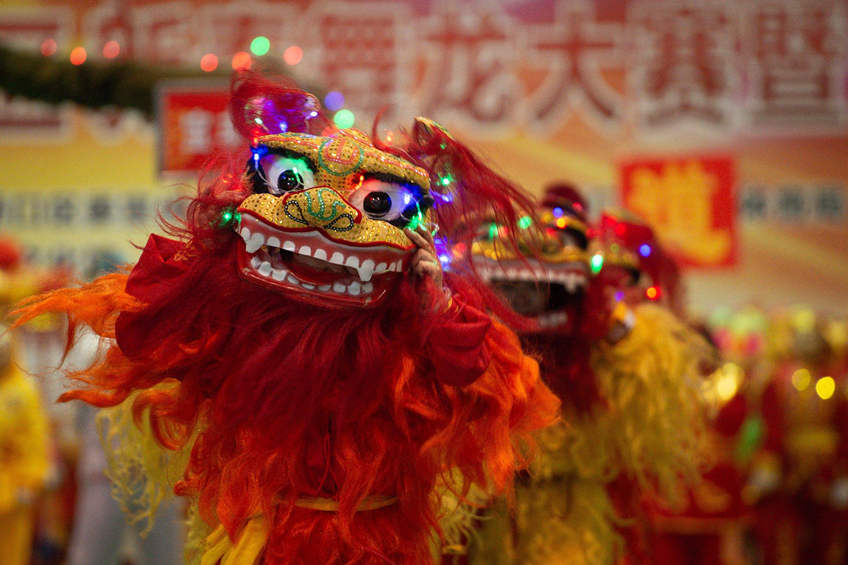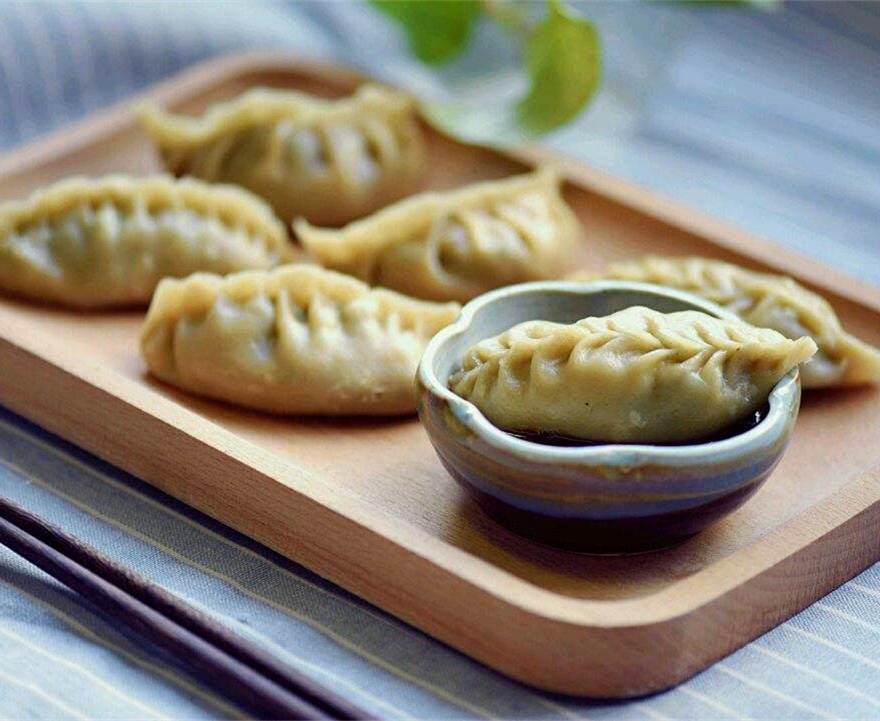Chinese New Year 2026 (Spring Festival in China)
The Spring Festival or Lunar New Year is known in the West as Chinese New Year, in China itself the New Year's Eve is called "Chu-xi". It is the oldest traditional festival for Chinese people, and great occasions for family reunion, just like the Christmas in the West. It always comes in the 1st day of the lunar month, later than the Gregorian calendar.
Facts of Chinese New Year
- In Chinese: 春节, 农历新年
- Other names: Spring Festival, Lunar New Year
- Significance: the most important traditional festival in China
Mid-Autumn festival and Dragon Boat Festival, Chinese New Year, Tomb-sweeping day and known as China's four great traditional festivals.
- History: 4000+ yeras

When is the Chinese Lunar New Year 2026 - Date
The Chinese New Year 2026 falls on February 17th, 2026, which also starts the Zodiac Snake Year, the fourth of 12 Chinese zodiac years.
| Year | Date | Day | Holiday |
|---|---|---|---|
| 2024 | Feb 10th | Saturday | Feb 9th – Feb 15th |
| 2025 | Jan 29th | Wednesday | Jan 28st – Feb 3rd |
| 2026 | Feb 17th | Tuesday | Feb 16th – Feb 22th |
| 2027 | Feb 6th | Saturday | Feb 6th – Feb 23rd |
Origins and Legend of Chinese New Year
Spring Festival originated from Shang Dynasty, was evolved from the Winter Sacrifice in primitive society. Ancient Chinese people held this activity at the end of winter, and thanked all the gods for the blessing, welcomed the New Year, worshipped ancestor, danced and sang when getting together. This custom left with content and form has also been changed.
The most famous legend about Chinese New Year is related to ancient beast known as "Nian". It was ferocious, with bull-like head body and lion-shaped head. Living at the far away mountain areas, it ate other beasts for food but at winter came to hunt and disturb villages. Villagers were frightened and all escaped to other places. An old lady found the methods to drive the beast; she painted the door in red burned fire at front of the house. When Nian came again, the lady fired the firecrackers which made cracking noise to scare the beast. This practice was kept through the years and the Nian never came to village again. The custom to paint red at the door and set off the firecrackers became a tradition and "Nian" now has another meaning as Spring Festival. The celebration of Chinese New Year is also called "Guo Nian", which may originally mean "passed or survived the Nian".
Chinese New Year Traditions and Celebrations
It is celebrated from the "Chuxi - Chinese New Year's Eve" and by having different and interesting activities. Preparations like cleaning the house thoroughly and purchasing necessities not only the wheat flour, chicken, duck, fish and meat but also various decorations, new clothes and shoes for the children as well as gifts for the elderly, friends and relatives.
Spring Festival is celebrated for 15 days to bless good wishes and healthy year for relatives and friends. These celebrations are slightly different according to regions, but always include New Year's Feast, Setting off Fireworks, Giving Lucky Money, Pay a Lunar New Year Visit, Pasting Spring Couplets, Character "Fu" or god of wealth on the door, going to Temple Fair.

Pasting Spring Couplets, Character "Fu" or Gods of Door or Wealth - Spring Couplets is pasted on each side of the door, featuring at Chinese calligraphy with black characters on red paper. All are inclusive of the house owner's wishes for good fortune, and luck for the coming year. Character "Fu" or others like pictures of god were pasted at the center of the door. "Fu" with the meaning of blessing and happiness, always pasted in up-side down way, is homophonic with "fu comes", both being pronounced as "fudaole." Pictures of the god of doors and wealth will be posted on front doors to ward off evil spirits and welcome peace and abundance in the new Year.
Activities – How to celebrate Chinese Lunar New Year in 2026
Chinese New Year Eve's Feast
All the family members get together at parents' house to have dinner at Chinese New Year's Eve. They chat and talk about the happy things in the past, looking forward to a lucky new year. The meal is more luxurious than usual, with dishes such as chicken, fish and bean curd cannot be excluded as in China, they mean auspiciousness (blessing), abundance and richness respectively. In Southern China, people eat Nian-gao (kind of cakes made of sticky rice flour), means "higher and higher, one year after another". While in Northern China, people eat dumpling or dumplings shaped like a crescent moon. After the dinner, the whole family will sit together, chatting and watching the Spring Festival party on TV, which is an essential entertainment at New Year's Eve for the Chinese both at home and abroad.
Setting off Fireworks
On the Chinese New Year's Eve, to welcome the New Year, Chinese people sit together and watching TV until the midnight comes. Right as the clock strikes 12 o'clock midnight, the people light firecrackers everywhere in China. It is the most important tradition and people think that its spluttering sound and light help to drive evil spirits away. But this activity was banned or partially forbidden in some cities due to safety and pollution concerns.
Giving Lucky Money - Hong Bao / Red Envelope
It is also one of the most welcomed Chinese New Year activities by children besides the lighting of fireworks. The young members of a family greet the older and saying "Gong Xi Fa Cai", and "Xin Nian Kuai Le" (mean "Congratulations and be prosperous (financially)", and "Happy New Year") and are given lucky money in red envelope - "ya-sui-qian". Only paper money included as coins mean bad lack at this occasion. The lucky money will be given from other relatives or other married adults along the whole holiday. In Hong Kong, it is also called: "Hung Bao" or "Lei Shi".
Paying New Year's Visit
Visits between relatives and friends would last for several days during Spring Festival. People all wear new clothes, with some present, greet each other with "Gong Xi" and wish a lucky and happy New Year.
Going to Temple Fair
Originated along with the development of Buddhist and Taoist activities the fairs are held at various ancient temples, which are a kind of mass gatherings that integrate religious worship, entertainment and commerce. Temple Fairs held in Lunar New Year now feature all kinds of Chinese folk arts and crafts, where you can taste numerous kinds of local snacks, court food and other dishes, and enjoy dragon parade and lion dances, waist drum dancing and other entertainments.
Dragon Dance
One of the tradtional Chinese dances, Dragon dance is also known as playing dragon lantern, it is a traditional folk custom in China. Dragon is an ancient totem of China, it is said that the dragon can make clouds and bring them rain, drive away bad fortune to protect people and their livestock, symbolizing auspicious. Therefore, it has become a custom to pray for peace and harvest by dragon dance. From the Chinese New Year's Eve to the Lantern Festival, dragon dance is practiced in many places.
>> Further reading about pre-Chinese New Year preparations & activities and day-by-day schedulte and activities from Da Nian Chu Yi to Lantern Festival: 15 Days of Chinese New Year - Day-by-day Schedule & Activities

Chinese New Year Food – What do we eat
Dumplings - The custom of eating dumplings during the Chinese New Year has a long history in our country. In the north of China, almost every family eats dumplings on lunar New Year’s Day. People usually make dumplings on New Year’s Eve and start eating at midnight. Because the shape of dumpling is similar to Yuanbao (Chinese ancient currency), it is endowed with the good meaning of “Bringing wealth and treasure”. In some places, people will put coins, candy, peanuts in dumplings, whoever eats them will have good luck in the new year.
Sweet dumplings - Easting Tangyuan (Sweet dumpling) is also a Chinese New Year’s custom, it is usually eaten on the Lunar New Year’s eve or the 15th day of Chinese New Year. Tangyuan is filled with sesame, bean paste, walnut kernel, nut, jujube paste, etc. and it’s wrapped in glutinous rice flour to form a round shape, it is a symbol of reunion, harmonious and beautiful. Eating Tangyuan has a long history in China which has become to a very common food in Ming Dynasty.
Chinese New Year Cake / Niaogao - Another famous Chinese New Year food, niaogao is made of sticky glutinous rice flour, it is a traditional food in China and a essential food for the Spring Festival in southern China. Niao gao has red, yellow and white colors, symbolizing gold and silver. In addition to its delicious taste of rice cake, eating Chinese New Year cake also means higher and higher, one year after another. There are many ways of making niangao, and different places have their own unique methods. In northern China, there are steamed and fried rice cakes, both of them are sweet taste. In southern China, in addition to steaming and frying, it can be used for soups and stir-fries. It is said that the earliest Chinese New Year Cake was used for sacrificing gods and ancestors, and became to Chinese New Year food after many year.
Fish - In Chinese, the pronunciation of Fish is “Yu”, which means surplus and fortune. So there is an idiom as “Nian Nian You Yu” Chinese which means “May you have surpluses every year”, it expressed people’s good wishes for the New Year. Fish is an essential dish in Chinese New Year’s feast, especial in the southern of China. When the southerners prepare Lunar New Year’s Eve dinner, they must present a complete fish, which is not all eaten, to express the good sustenance of surplus every year. In some places, people should keep the fish head and tail until next year (the beginning of the year) to express the good wish of “There is beginning and end, a start and completion.”
Noodles - Noodle is also a lucky food eaten on Chinese New Year Day in North China, we call it Longevity noodles. They are usually eaten on important festival or people’s birthday, especially for old people. Eating longevity noodles in New Year means good luck and everything goes smoothly in the coming New Year.
Spring Rolls - As a traditional Chinese food, it is popular all over the country, especially in the south of the Yangtze River. It is obvious to know from the name of Spring Rolls that it is a food to welcome the new spring, so it is very common lucky food during the Spring Festival. Fried spring rolls are golden, which symbolize wealth and money is rolling in.
★★ Further reading about Top 10 Chinese New Year Lucky Foods and Symblism and Top 10 Meat Dishes for Chinese Spring Festival

Chinese New Year Celebrated in other Asian countries
The Spring Festival is still popular not only in China, but also in many Asian countries, with various activities to celebrate Chinese New year each year.
In Vietnam
Spring Festival is the most popular traditional festival in Vietnam. The Spring Festival is regarded as the day to out with the old and in with the new, people will do New Year’s shopping from the middle of December of the lunar calendar, and the most indispensable ones are flowers, Zongzi (rice dumpling), couplets and firecrackers. The flower market is the busiest place in Vietnam during the Spring Festival, gladiolus, dahlia, kumquat and peach are the most popular flowers in Vietnam.
In Japan
After the Meiji Restoration, the Gregorian calendar was first adopted in 1873 and the Chinese lunar calendar was abolished at the same time. Despite that the New Year's Day replaced the Spring Festival, the custom remained. However the celebration time has been different. To celebrate Spring Festival, each family decorates its house with pine and cypress. And on the night of December 31, every family eats tuanyuan and mustard wheat noodles, as noodles represent longevity. In the evenings, people wait at home or in monasteries for midnight bell tone to arrive. When the clock struck midnight, monasteries all over Japan ring 108 bells. After the bell rang, people with different wishes went to the shrine and temple to worship the gods. The next day people visit friends and relatives to greet each other a Happy New Year.
In some parts of Japan, especially in remote mountainous areas, the Chinese lunar calendar is still in use.
In South Korea
Chinese New Year is also one of the biggest traditional festivals in South Korea. South Korea is a very traditional country as well, and the Spring Festival is a day for worship ancestors and family’s peace.
South Koreans celebrates the Lunar New Year with a relatively quiet atmosphere, when shops are closed, the streets are very deserted. Both Chinese and Korean people give lucky money to their younger generations during the Spring Festival. The difference is that the Chinese people use red envelopes wrapped in "red envelopes", while the South Koreans usually use white envelopes.
Similar to Chinese people, Koreans, no matter where they work or how far away they are from their hometowns, they return to home for a reunion during the Lunar New Year.
In Singapore
Singapore is home to 75 percent of the Chinese population, so the country is all alive during the Chinese New Year. All over the country will be decorated with lanterns, immersed in a bright red festive atmosphere. People enjoy family reunion, the wonderful float parade, bustling Lunar New Year's market, as well as the fabulous dragon and lion dance performances.It is also a traditional day for the worship of gods and ancestors.
In Malaysia
On the Lunar New Year's Eve, when walking through the streets of Malaysia, you can feel the happy festival atmosphere. Temple fairs, lantern fairs, exhibitions and performances are held every year at the East Zen Temple, Temple of Bliss, Temple of Thean Hou and Johor Ancient Temple. A variety of cultural and folk performances will also be performed in various places, such as the 24 Festival Drum of Malaysia, the original High Stake Lion Dance of Malaysia, martial arts performances, and Hainan Opera of Beijing Opera.